Ever since the selection of presidential candidates moved from the party conventions to the parties’ primaries, modern conventions have become all about “message.” Freed from the multiple ballots and days of negotiations that used to be needed to pick a candidate, the parties spend four consecutive nights, culminating with their presidential candidates’s acceptance speeches, setting the stage for the November election.
A big difference between 2016 and 2020: this year’s conventions will be virtual. There will be none of the electricity generated by large, enthusiastic crowds and by the interaction between speakers and the audience. This new format will reward a more conversational, persuasive style over heated oratory.
Even though this year’s conventions will be non-traditional, their goal will remain unchanged: to shore up each party’s weaknesses, highlight its strengths, clarify its message for the fall campaign, and present its ticket in the best possible light.
As we approach the opening of the Democratic Convention, therefore, we should be asking what specifically the Democrats need to accomplish at this year’s quadrennial gathering. Here’s a guide for those watching the 8 televised hours spread over Monday through Thursday this week.
Build on the momentum generated by Joe Biden’s selection of Senator Kamala Harris as his running-mate.
Biden’s choice has energized the base of his party while gaining plaudits across the Democratic spectrum. The task now, to be accomplished partly through biographical material but mainly through Harris’s acceptance speech, is to present the California senator as an energetic, younger but experienced, pragmatic public servant who is well-qualified to serve as president if need be.
Unify the party without turning off swing voters.
The Biden team has laid the foundation for a unified fall campaign through its respectful treatment of Bernie Sanders and Elizabeth Warren, the creation of broad-based issues task forces, and the crafting of a platform that accommodates progressives’ concerns without crossing the public’s red lines. The challenge at the convention is to build on this accomplishment by giving progressives their fair share of speaking slots and highlighting how Biden has brought progressives like Alexandria Ocasio-Cortez into his campaign, all while underscoring the platform’s message of ambitious but feasible reform.
Lay out a vision for the future that appeals to a broad swath of voters.
This is a task that the first three days of the convention can begin but that only the presidential nominee can complete. In his acceptance speech, Joe Biden must answer a trio of classic questions: Why am I running for president? If elected, what will my priorities be? If my agenda is implemented, why will the country be better off?
Make the case against President Trump and his down-the-line congressional supporters without turning off suburban Republicans and Independents, many of whom voted for Trump in 2016 but are considering voting for Biden this year.
Challengers to a sitting president have to make the case that the incumbent should be replaced. In 1980 the Carter campaign depicted Reagan as a warmonger with a radical agenda. Starting with his acceptance speech at the Republican convention and culminating in his performance during the only presidential debate, Reagan rebutted these charges and answered the “Why replace President Carter?” question to the satisfaction of 51% of the voters, including 27% of Democrats and 56% of Independents.
In the current fevered political climate, over-the-top denunciations will fail. Joe Biden’s challenge is to criticize President Trump’s record and demeanor in a calm, measured manner that crystallizes the doubts about him that Independents and moderate suburban Republicans already harbor while presenting himself as a safe choice with a reasonable alternative agenda. At the same time, he must try to convince these voters that unified Democratic governance in 2021 will not threaten their core interests and that they need not check and balance his presidency with a Republican Senate.
Convince the country that Joe Biden is physically healthy and mentally up to the world’s most demanding job.
There is an issue looming over the Democratic convention and the fall election—Joe Biden’s age. At age 78 on Inauguration Day, he would be the oldest man ever to hold office—older even than Ronald Reagan the day he left office. Led by President Trump, Republicans have worked consistently to question Biden’s stamina and mental acuity, and some voters inclined to support Biden are worried about this.
With an energetic, coherent, and crisp acceptance speech, the Democratic nominee can begin to address these doubts. But as was the case with Ronald Reagan, only an effective performance in the presidential debates—especially the first one this year—can put this question to rest.
The Brookings Institution is committed to quality, independence, and impact.
We are supported by a diverse array of funders. In line with our values and policies, each Brookings publication represents the sole views of its author(s).
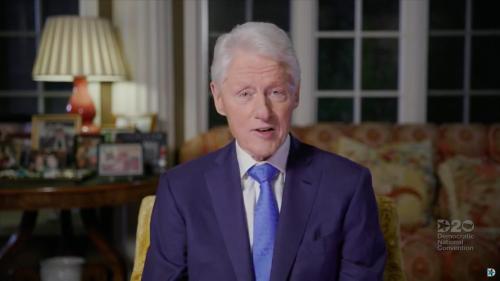
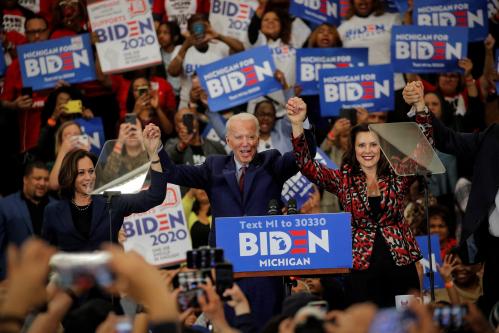
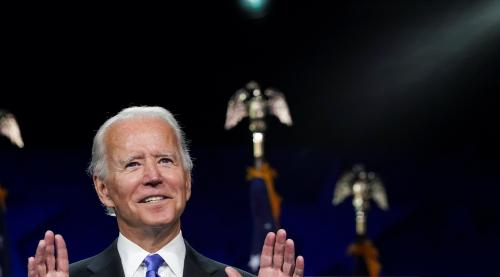
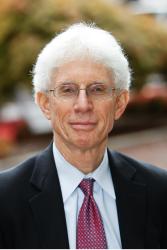


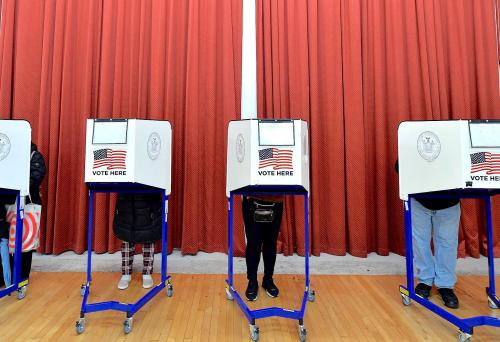
Commentary
Five things the Democratic Party needs to do in its convention this week
August 14, 2020